REEFER MADNESS HITS YBOR CITY
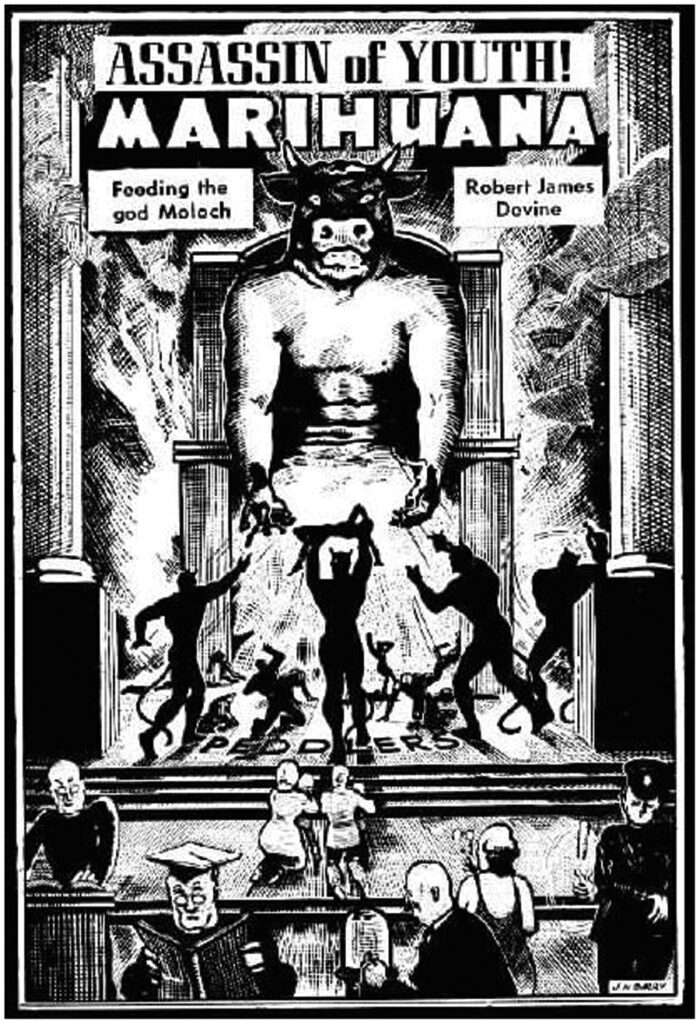
That’s not always the café con leche and tobacco smoke you smell wafting through the streets of Ybor City.
GASP! It’s true! Like all around the world, people in Ybor smoke (cue ominous thunder noise) MARIJUANA!
No, it can’t be true! Say it’s not so!
Sorry, but it’s so.
Not only are your Ybor City neighbors secretly toking up, but Ybor City helped make marijuana illegal!
No, it can’t be true! Say it’s not so!
Sorry, but again, it’s true.
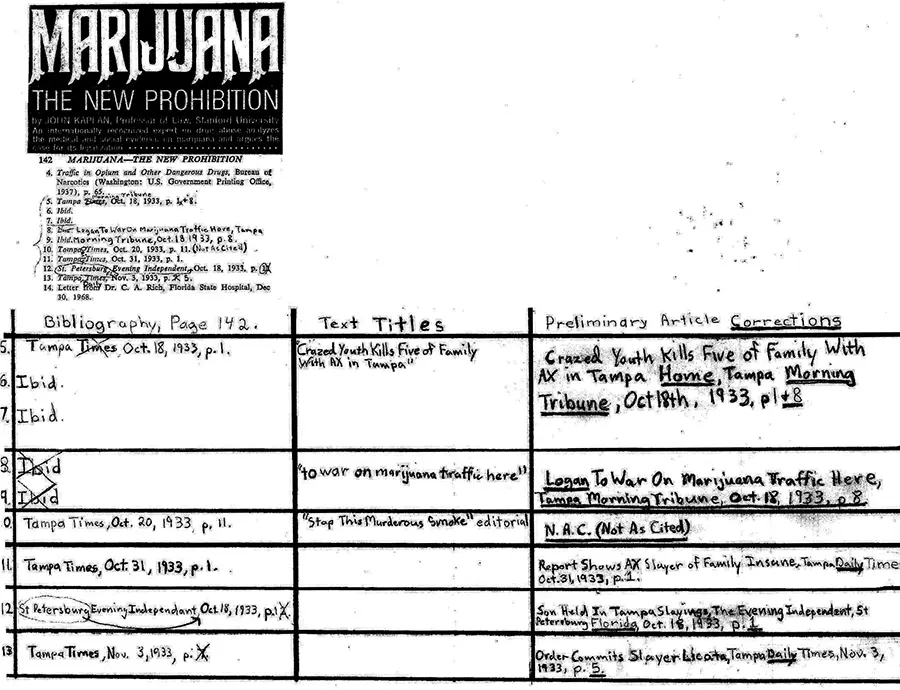
To justify the criminalization of marijuana, Henry Anslinger, who President Hoover named head of the newly-formed Federal Bureau of Narcotics in 1930, set out to prove that marijuana caused ordinarily rational people to turn into violent criminals. Anslinger started a mass media campaign, writing articles documenting cases of marijuana-induced violence for newspapers and magazines across the country, a series of articles that has become famously known as the “Gore File.”
The file included:
- A total of 200 stories.
- Ranging from a young woman who claimed she murdered a bus driver in cold blood while high on marijuana.
- A child rapist who said marijuana made him do it.
- A young man said he murdered his entire family with an ax because he was high on marijuana.
This axe-murderer was Ybor City resident Victor Licata and his tale of slaughtering his parents, sister, and two brothers were the backbone of Anslinger’s anti-marijuana crusade.
“A youthful addict in Florida murdered an entire family,” wrote Anslinger. “When officers arrived at the home, they found the youth staggering about in a human slaughterhouse. He killed his father, mother, two brothers, and sister with an axe. He seemed to be dazed, with no recollection of having committed multiple crimes. The officers knew him ordinarily as a sane, rather quiet young man; now, he was pitifully crazed. They sought the reason. The boy said that he had been smoking something which youthful friends called ‘muggles,’ a childish name for marijuana.”
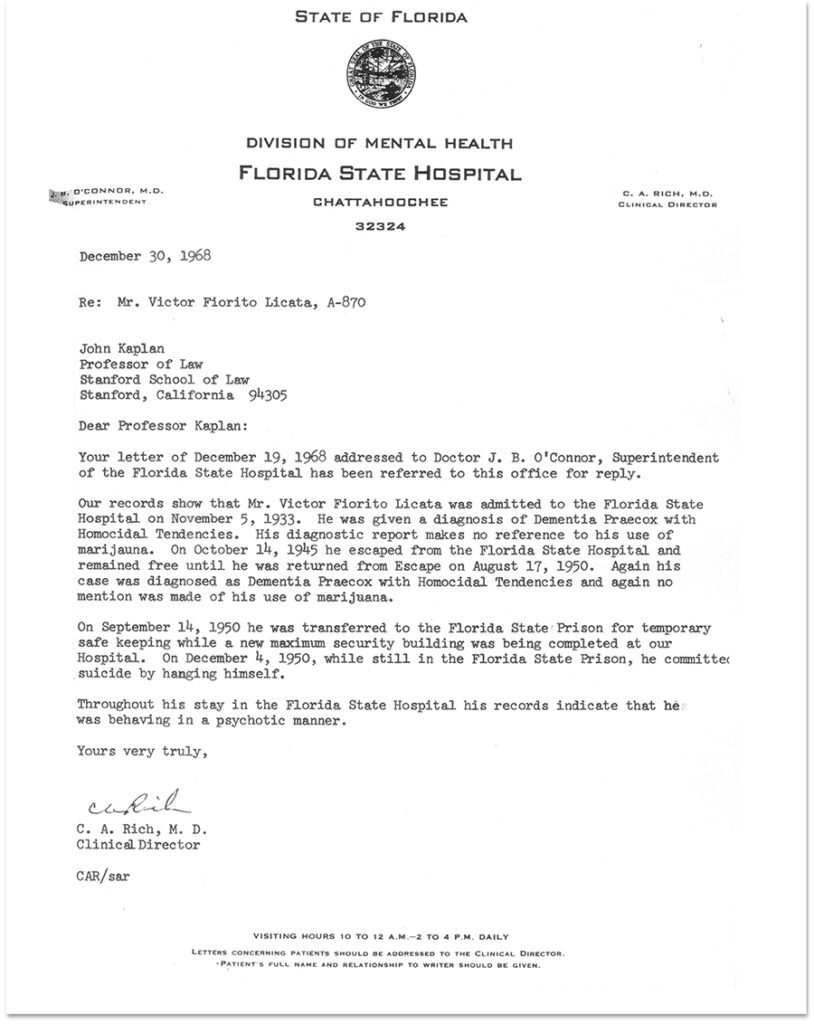
There is one problem with Anslinger’s story: marijuana had NOTHING to do with the murders! Licata did admit to the police that he smoked marijuana the night of the murders. But the report also stated that Licata was long thought to be mentally unstable. He had dementia, his family had a history of mental instability, and his parents were first cousins. Nowhere in the report was marijuana mentioned as a cause of Licata’s mental instability.
Recently, researchers proved that 198 of the 200 marijuana-induced violent crimes documented in the “Gore File” were erroneously blamed on marijuana use. However, researchers couldn’t confirm the remaining two false because no records of the crimes existed.
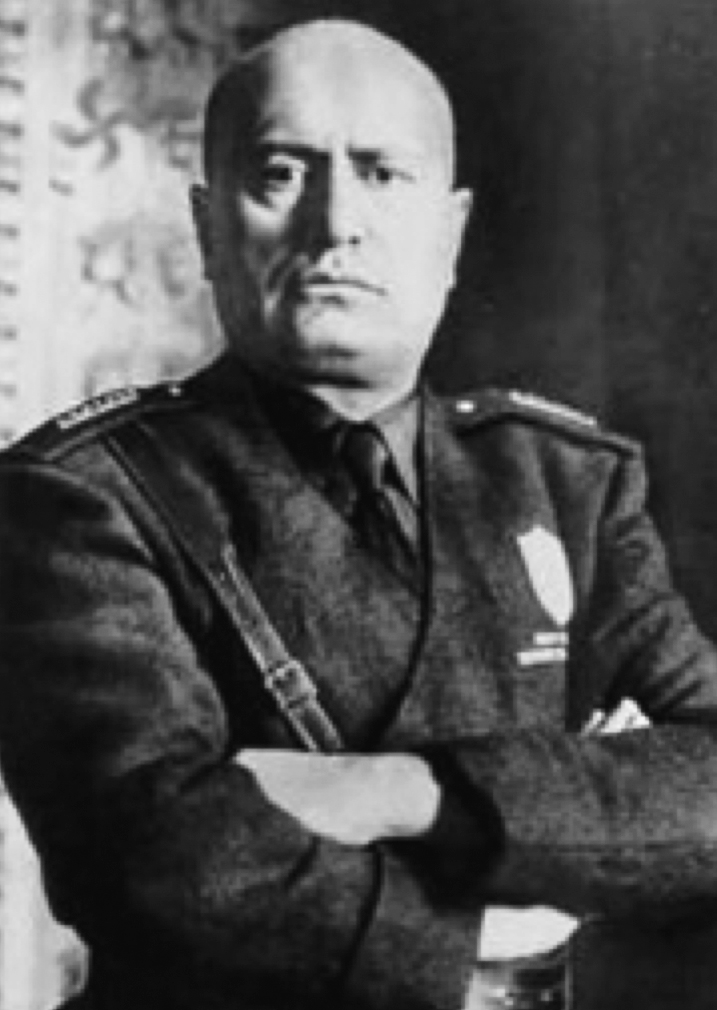
Anslinger testified before Congress in 1937 that if marijuana was not criminalized, more families could suffer the same fate. So, with a public swell of support behind him, Anslinger convinced Congress to pass the first federal anti-marijuana, the Marijuana Tax Act of 1937. The act levied approximately one dollar token tax on all buyers, sellers, importers, growers, physicians, veterinarians, and any other persons who dealt with marijuana commercially, prescribed it professionally, or possessed it. The purpose? To tax medical practices and companies that used hemp for clothing out of business. But, it had more significant ramifications; it set a precedent that marijuana was a danger to society, leading to future laws that made all marijuana use illegal.
So next time you dim your lights and close your blinds in preparation for lighting up a joint, remember, you can thank Ybor City.
Put that in your pipe and smoke it.
First published in Cigar City Magazine, March 2010
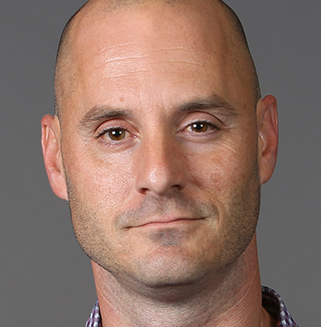
Paul Guzzo is a reporter for the Tampa Bay Times. He found the lost segregation-era all-black Zion Cemetery. His unique beat also includes the local film industry, Tampa history, professional wrestling, and the odd and unique people who make up this area. Guzzo has been a journalist in Tampa since 1999, including a senior writer for Cigar City Magazine and Tampa Mafia Magazine. In his younger years, he was an independent filmmaker best known for an award-winning documentary on Charlie Wall, Tampa’s first crime lord.
